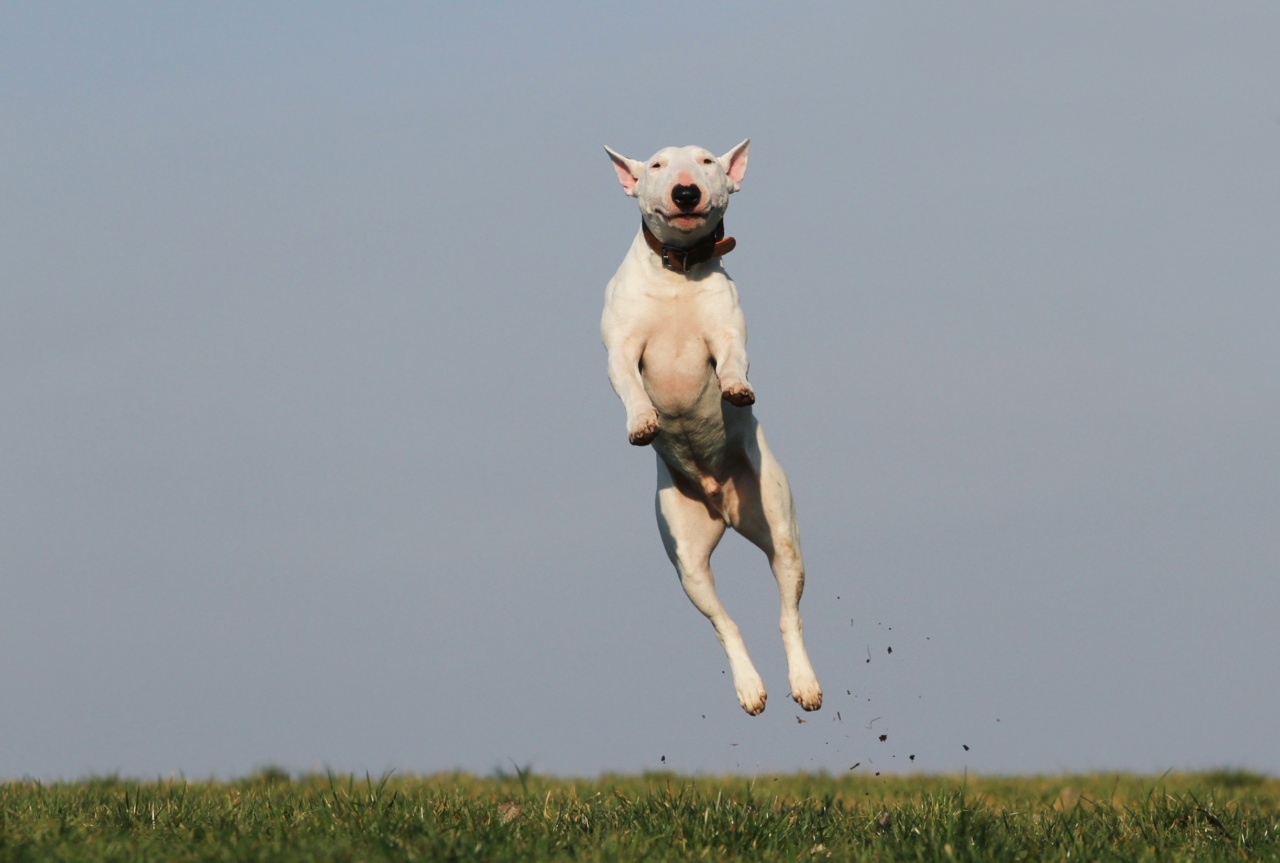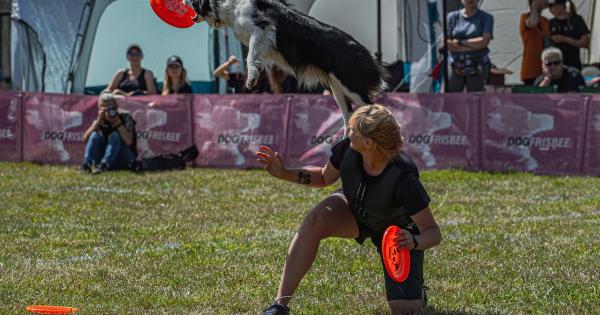Many dog owners have experienced their furry friends jumping on them at one time or another. While it may seem harmless, this behavior can be annoying, disruptive, and even dangerous if not properly managed.
In this article, we will explore the reasons behind why dogs jump on their owners and provide effective strategies to stop this behavior.
The Excitement Factor
One of the main reasons dogs jump on their owners is due to excitement. Dogs are social animals and tend to greet each other by jumping. When dogs are ecstatic to see their owners, they often express their joy by leaping up.
This behavior can be reinforced unintentionally, as the owner’s response (such as petting or talking) rewards the dog’s excited state.
Seeking Attention
Dogs crave attention from their owners, and jumping is one way for them to grab your attention. Dogs may have learned that jumping up gets them noticed, as they receive verbal or physical interaction when they do so.
They might jump on you as a way to initiate playtime or receive affection.
Establishing Dominance
In some cases, dogs jump on their owners to establish dominance. Dogs are pack animals, and in a hierarchical structure, higher-ranking individuals may physically assert their dominance.
By jumping on you, a dog may be trying to assert its position as the alpha in the household.
Fear or Anxiety
Jumping can also be a response to fear or anxiety. When dogs feel threatened or overwhelmed, their natural instinct may be to jump to seek safety or escape from the situation.
This behavior can be observed in stressful environments or when encountering unfamiliar people or animals.
Training Techniques to Stop the Jumping Behavior
Now that we understand some of the reasons behind why dogs jump on their owners, let’s explore effective techniques to stop this behavior:.
1. Consistency is Key
Consistency is crucial in training your dog to stop jumping. All members of the household should follow the same set of rules and guidelines. If one person allows jumping while another discourages it, confusion will arise, and the behavior will persist.
2. Ignore Jumping Behavior
One of the simplest yet effective strategies is to ignore the jumping behavior. When your dog jumps on you, turn your back and avoid eye contact, effectively withdrawing your attention.
Wait until your dog settles down, and then provide positive reinforcement by petting or praising when all four paws are on the ground.
3. Teach an Alternative Behavior
Redirecting your dog’s behavior is another valuable technique. Teach your dog an alternative behavior, such as sitting or lying down, that is incompatible with jumping.
When your dog starts to jump, ask for the alternative behavior and reward them for complying.
4. Reinforce Calm Behavior
Dogs thrive on positive reinforcement. Whenever your dog remains calm and composed, provide treats, attention, or playtime as rewards. By reinforcing calm behavior, your dog learns that calmness is more rewarding than jumping.
5. Leash Training
Using a leash during training can be helpful. Attach a leash to your dog’s collar and hold it firmly when greeting them. If your dog tries to jump, gently tug on the leash as a signal to stop.
Over time, your dog will associate the tugging with the negative behavior, discouraging jumping altogether.
6. Seek Professional Help
If the jumping behavior persists despite your efforts, it may be beneficial to seek professional help. Dog trainers or behaviorists can provide specialized guidance and techniques tailored to your dog’s specific needs.
7. Create a Safe Space
For dogs that jump due to fear or anxiety, creating a safe space can help alleviate the behavior. Provide a designated area where your dog can retreat when feeling overwhelmed.
This area should be comfortable and stocked with your dog’s favorite toys or treats.
8. Socialize Your Dog
Socialization plays a significant role in a dog’s behavior. Expose your dog to various environments, people, and animals from an early age.
This exposure helps them develop confidence and decreases the chances of fearful or anxious reactions, which can lead to jumping.
9. Be Mindful of Body Language
Dogs are perceptive to human body language. When greeting your dog or others, maintain a calm and composed demeanor, avoiding any overly excited behavior. By setting a calm tone, you encourage your dog to mirror your behavior.
10. Steer Clear of Physical Punishment
Physical punishment should never be employed when addressing jumping behavior. It can lead to fear, anxiety, and aggression in dogs. Positive reinforcement techniques are the most effective and humane approach to modify your dog’s behavior.
























